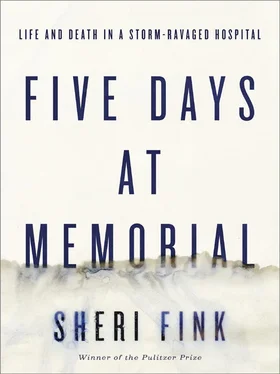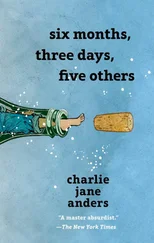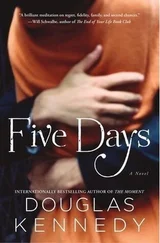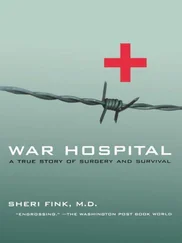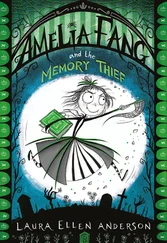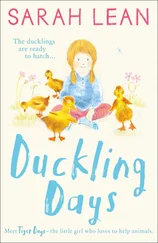On the grounds of Southern Baptist Hospital, thigh-level water smothered the new gardens. Even high-riding cars parked nearby on Napoleon and Magnolia Streets were bathed to within several inches of their seats.
Inside, water poured into the basement, quickly rising to a height suitable for baptismal immersion. Medical records, groceries, drugs, instruments, linen, and the hospital’s main stove and dining room tables were submerged. Louis Bristow and other doctors waded into water filled with floating chairs. They reached for airtight containers and handed them up to be sorted by nurses.
The lights stayed on, but the elevators stopped working. About a hundred visitors and nonstaff nurses were also stranded at Baptist for the night. They picked up phone receivers and tried to dial loved ones but couldn’t make a connection.
Firemen were called to tap the hospital’s basement with their pumping engines. At five thirty the next morning, they were finally able to draw floodwater into the storm sewers faster than the basement was refilling. Employees and student nurses gathered in the small diet kitchens on each floor and filled patient trays with improvised meals, presumably from the Frigidaires. NOPSI, which also operated the city’s stalled streetcar lines, came quickly to Baptist to replace its gas-powered kitchen.
Hundreds of unprotected cases of drugs and supplies had been destroyed. Of all the city’s businesses, the new hospital was thought to have sustained the greatest losses, with initial estimates ranging from $40,000 to $60,000 in damage (between $525,000 and $800,000 in 2013 dollars).
Superintendent Louis Bristow sought to reassure the public. He told the New Orleans Item that each floor of the hospital had enough drugs and supplies to run normally for several weeks or until replacement supplies could be bought. “We are operating as usual,” he said. “There was no suffering to any of the patients. Our staff met the emergency in splendid fashion.”
More than nine inches of rain fell between midafternoon Sunday and midafternoon Monday. The storm had produced the greatest one-hour rainfall totals in the Weather Bureau’s fifty-five years of record keeping in New Orleans—nearly three inches—and depending on where in the city the rainfall was measured, the heaviest or second heaviest twenty-four-hour rainfall. The city’s drainage system had extruded more than six billion gallons of water into Lakes Pontchartrain and Borgne, the grandest performance in its history. Yet it had failed to keep pace with the storm, and recriminations followed. Thousands of flood-affected residents phoned complaints to authorities. An association representing the worst-hit district demanded an investigation of all responsible officials, contractors, and employees, down to the crews at the drainage pumping stations.
After the storm, the Sewerage and Water Board of New Orleans—which built, maintained, and operated the drainage system—took a drubbing from New Orleans’s new mayor, Arthur O’Keefe, for failing to keep its drains and catch basins free of debris. Board officials fought back, blaming the city for failing to keep the streets swept, the public for “carelessly throwing trash in the streets,” and Mother Nature for launching lightning bolts at power lines that supplied some of its pumps.
The board’s longtime general superintendent, George G. Earl, had warned for a decade that the system simply wasn’t capable of handling that much rain. Without funding to complete a planned expansion, flooding in the lower parts of the city was inevitable, yet residents professed shock when this occurred. “It is only when service fails that any thought is given to the provision of means for improving it,” Earl lamented. The neighborhood along Napoleon Avenue near Southern Baptist Hospital was his main exhibit. Like any good politician, he seized the moment to reiterate his call for more funds.
Bonds would be needed to finance drainage system improvements, but increasing the city’s bonded debt ceiling would require, by law, additional taxes and approval from the state legislature. The city’s Item and Morning Tribune newspapers urged authorities to allow the city to borrow the funds. “An old and a finished city may well stand still, pay off its debts, stop borrowing and rock along. New Orleans, in the midst of vast private development projects, attracting the attention of the nation and of the world, must provide herself with needed funds and go ahead.”
An article summarized the sentiments of prominent city businessmen: “Something must be done, and durned quick.” Charles Roth, president of the New Orleans Real Estate Agents’ Association, was willing to see the city bonded for any amount, even $50 million if that’s what it took to get New Orleans “out of the water and mud,” he said. “The damage caused by these deluges to our homes and streets, to our business enterprises and our utilities, costs us many times more than the corrective measures would come to.”
Realtor Harry Latter agreed. “All this has a very harmful influence upon real estate values, and that is the basis of all wealth.”
Superintendent Earl presented several options to ensure against flooding. With around half a million dollars, the Sewerage and Water Board could improve pumping. Three million dollars could widen canals. “How much does the public wish to invest?” he asked. “That is the real question to be decided.” The work would be done quickly “in the order in which it will do the greatest amount of good to the greatest number of people.”
Earl aimed to improve the city’s ability to handle moderate storms. He argued it would be “physically and financially impracticable” to prevent flooding in the worst deluges, “for barely in the city’s history have such storms developed.” Another expert estimated that to handle a storm as intense as that Sunday’s would require eight times the current pumping equipment and eight times the outflow canal capacity. “There probably is not a taxpayer in New Orleans who would favor” the idea, he told a reporter.
Enthusiasm for the drainage work quickly waned. By the end of the year, taxpayers had not yet approved even the less ambitious options Earl had presented. No bond was issued. The Sewerage and Water Board’s construction expenditures in 1926 were nearly identical to what they had been in 1925. Earl vented his frustration in his end-of-year report. “The general situation remains unchanged,” he wrote, not “in any degree modified by the fact that recent events have happened.”
The following spring, storms in the upper Midwest sent a great surge of water down the Mississippi toward the Gulf and New Orleans. The floodwater wiped out cities and towns as it went. In advance of its arrival, authorities attempted to reassure New Orleanians that the city’s defenses were strong enough to save them from a looming catastrophe. Panic would be bad for business.
A storm hit on Easter weekend, days before the river’s predicted rise. In less than twenty-four hours, 14.01 inches of rain fell. It was the greatest total twenty-four-hour rainfall in more than half a century of record keeping—nearly a quarter of the rainfall for a typical year. Only once in the eight decades that followed would daily rainfall surpass April 16, 1927, in New Orleans.
Streets again filled with water, and the city’s drainage pumping stations struggled to keep pace. As the storm intensified around midnight, a lightning strike knocked down a 13,000-volt high-tension power line belonging to NOPSI where it crossed the main feeder wires for the Sewerage and Water Board’s system. The resulting spark caused a short circuit that crippled the switching system of the drainage plant, damaged a submarine cable distributing electricity, and burned out one of the two 6,000 kW generators powering the city’s entire drainage and sewage systems as well as the high-lift water pumps that provided reserves to the fire department. The wires were quickly repaired, but the generator coils would take weeks to replace. That left a patched-up power line and one-half of the normal power supply to dispatch the most intense rainfall ever recorded in New Orleans.
Читать дальше
